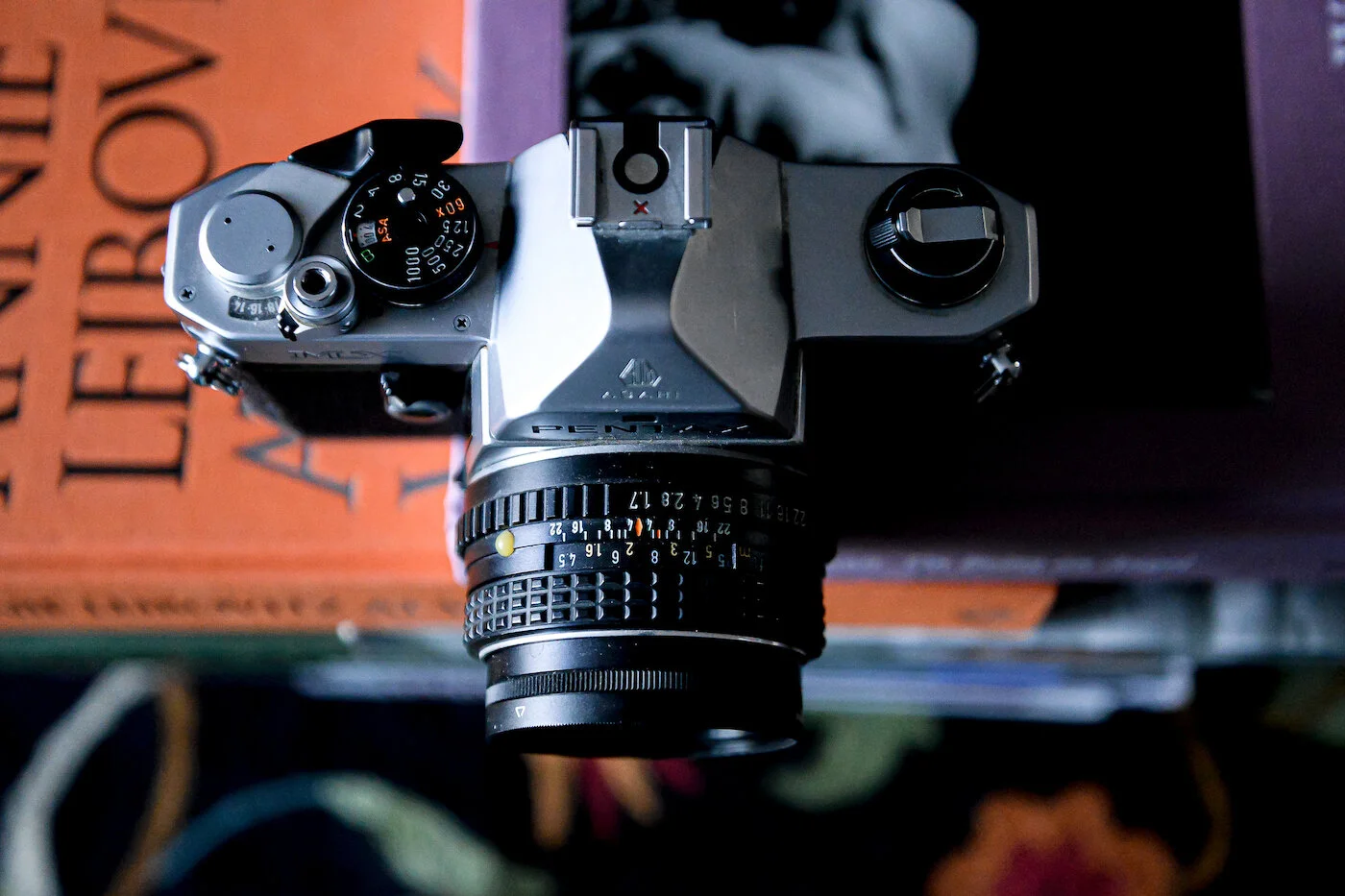Seeing Our Way Forward
What is photography now? What is it for? Does it need to be for anything? Is it for witnessing? Remembering? Shocking? Astonishing? Is it for capturing what we see only seeing the details in a heightened fashion? Is it for peeling away “the dry wrappers of habitual seeing…” creating “another habit of seeing” as Susan Sontag says. This new habit, may be, “both intense and cool, solicitous and detached, charmed by the insignificant detail, addicted to incongruity.”
I remember all the clever remarks at the beginning of 2020 about vision, about clarity, about hindsight, looking backward looking forward. Actually, I can’t remember them at all right now, just that they were a thing. I wanted to write a blog post without referencing the pandemic even once, but that can’t really happen. We’re deep in it at present. Can photographs help us see what life is like now? Will they mean something more or different later? Will they record things that we can’t even really see right now because we’re steeped in what’s going on? We’re bone tired, we’re hanging on, with luck. It’s not easy.
“But photographs do not explain; they acknowledge.” And, “If photographs are messages, the message is both transparent and mysterious.” That’s Sontag. She also quotes Robert Frank: “to produce an authentic contemporary document, the visual impact should be such as will nullify explanation.”
Maybe this is true, let the picture speak for itself, but one of my favourite books is Blind Spot by Teju Cole, who is also a well-known writer. The text and image work together in such an intriguing and enhancing way in his book. One of the images I keep coming back to is one of me (it’s not me). In the book it’s page 294 but you can see it in the link to the book in this para. In the book he talks about following her, the woman with long blonde hair, to get the image. And then he mentions that “on Instagram, the ones who see what you saw are called your followers. The word has a disquieting air.”
From the article:
“This is what I meant when I wrote earlier that Cole keeps a low profile and remains humble. As a photographer, you feel that he recognizes invisibility does not give you permission to be invasive. Most of the photographs in the exhibition have no people in them. For those that do, except for one photograph of a boy taken in Brazzaville, which we see two versions of, nearly everyone we do see has his or her back to the camera.
These photographs, most of which were taken in New York City, echo a well-known viewpoint taken by many photographers, from Rudy Burckhardt and Lee Friedlander to Vivian Maier. The question (or challenge) for Cole, who no doubt knows all of their work, was this: What can I bring to this view, given my awareness of who and what has preceded me?”
I guess that’s another question I have — can you become a really great (or even quite good) photographer if you don’t know the history of photography? If you aren’t aware of the work that has come before you? It’s possible, but I also think that the practice of photography can only be richer the more you know about it. I’ll not likely ever become a known photographer and I mainly take the images I take for myself alone. I’m in it for the practice. The process.
As the reviewer said of Cole’s work, that his photos, “challenge us to ask: what must I do to keep looking and thinking in a world that offers distractions of every kind?”
Can thinking about photographs and the practice of photography help us see a way forward, beyond 2020? How can we make photographs that disrupt the flow, that are more than distractions?
I guess I want to think about ways that my photographs might contribute something good in this world, something meaningful. Maybe the practice is meaningful enough. I don’t know, but I want to think about these things. What I do know is that taking photos of various types, genres, etc, has helped me to think some things through. You know, who am I? What does it mean to live where I live? How do we see ourselves? How do images ground us? How do images operate on us? What does it mean to create images of things? What purpose does it serve to post photographs on Instagram (or here)? What does the world look like? What do we want the world to look like?
Obviously I have more questions than answers.
I started 2020 in the midst of writing two books. One I finished and it will be published next fall — a novel on angels. The other is a book of essays about art, particularly still life, but veering off into other subject matter too. I’ve had the same trouble many have with concentrating for the latter half of the year, but I’m resolved to really polish and hone these essays in 2021.
What are your writing/photography goals for the next while?
2020









